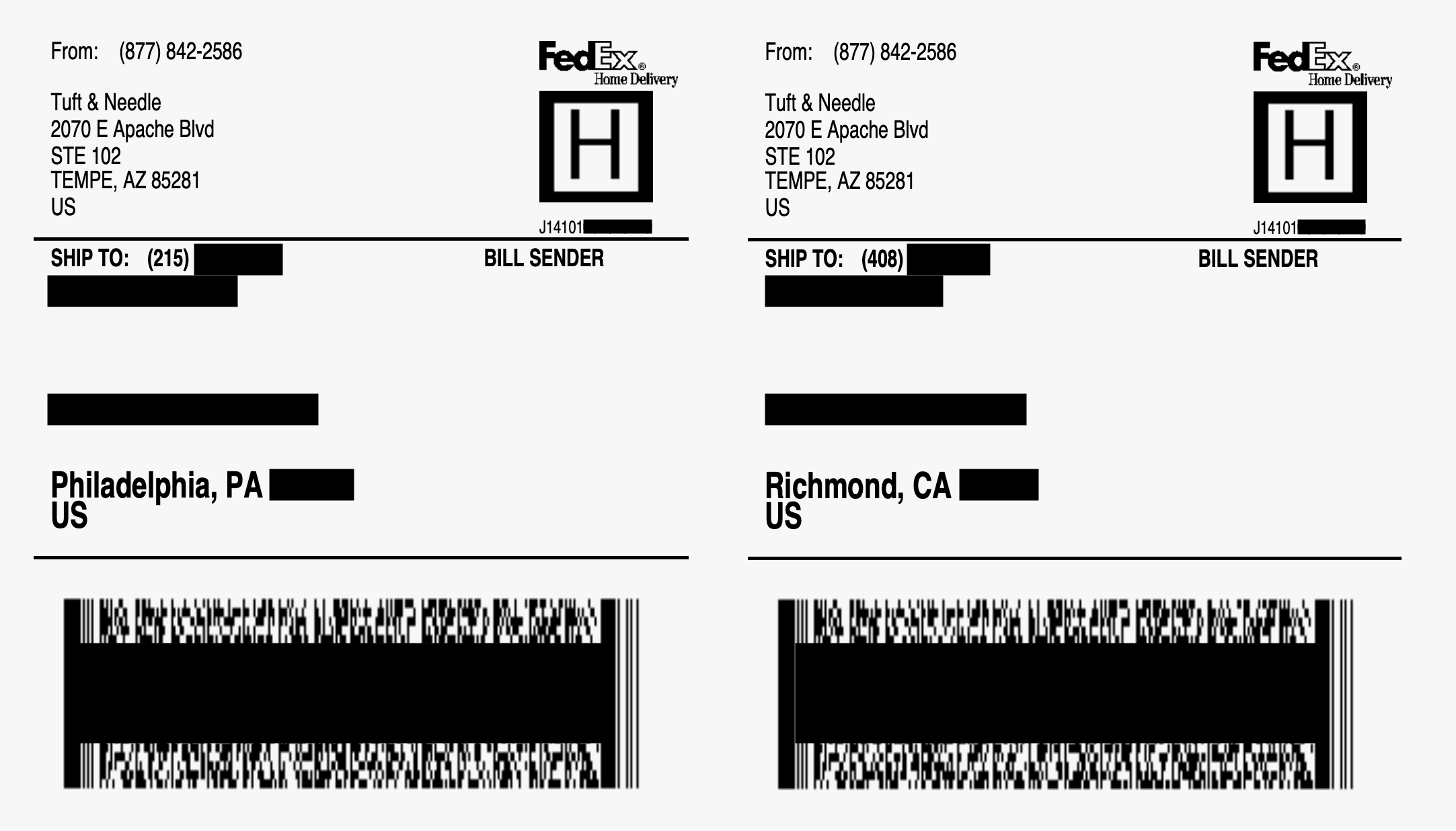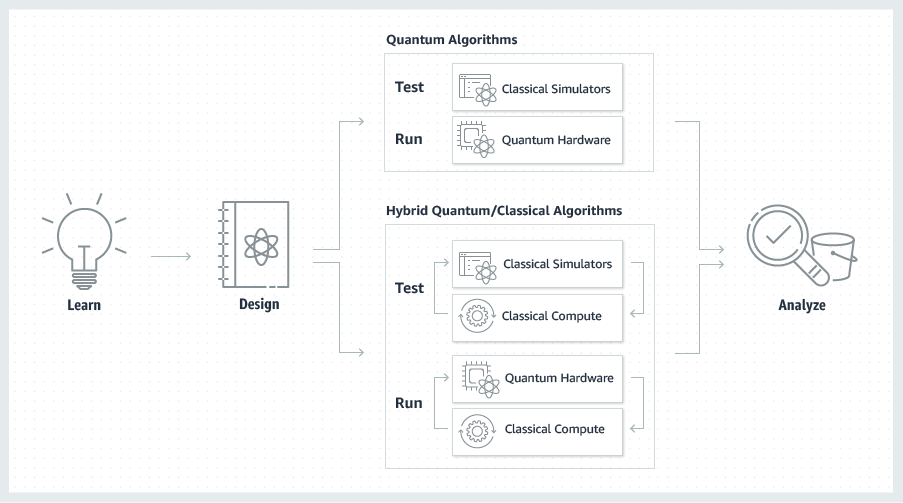Technology
Twitter today is launching a new resource that aims to serve as the central place for everything related to the companyefforts around privacy and data protection. The new site, the Twitter Privacy Center, will host information about Twitterinitiatives, announcements and new privacy products, as well as other communication about security incidents.
The company says it wanted to create a centralized resource so it would be easier to find all the information about Twitterwork in this area. However, the impacts of Europedata protection regulation, GDPR, likely also spurred Twitterefforts on this front, along with other data laws.
For its own purposes, Twitter now needs to have a more organized approach to consumer data privacy. As a result, it makes sense to put Twitterwork and announcements onto a consumer-facing site thateasy to navigate and use.
The new Twitter Privacy Center splits information between whataimed at users and whatfor partners. On the latter front, it has dedicated pages for GDPR, CCPA (California Consumer Privacy Act) and Global DPA (Data Processing Addendum), for example.
The users& section, meanwhile, directs visitors to TwitterTerms, Privacy Policy, Account Settings, Service Providers and more.
In its newly updated policies, Twitter says the entity serving the EU, or European Economic Area, is Twitter International Company, not Twitter. This entity already exists but Twitter is now moving people outside of the E.U. and outside of the U.S. to Twitter Inc. from Twitter International. This change gives Twitter the ability to test features and settings for E.U. users alone. It also allows Twitter to provide these users with a different set of controls outside of its main product.
For example, Twitter says it may test additional opt-in or opt-out preferences, prompts or other requirements for advertisements. Some of this work may make its way back to Twitter eventually.
Twitternew Terms also clarify that its intellectual property license says that the content users provide may be curated, transformed and translated by Twitter.
Plus, TwitterPrivacy Policy has been modified with clarifications around how Twitter processes data, how tweets are shared with developers and other changes.
In its announcement, Twitter spins its history a bit by saying how privacy has been its focus since the servicecreation in 2006. Thata funny stance, given its product has been that of a public social media platform, not a private one — a sort of public SMS, in fact.
Twitter notes how users are able to be anonymous on its platform, a feature it says was built with privacy in mind. In reality, Twittercreation was inspired by SMS, but Twitter remained an ambiguous product for years, until its user base grew and figured out what they wanted Twitter to be. Much of what Twitter is today — even its conventions like the @ mention and the retweet — grew organically, not by design.
The companyannouncement today also states its privacy and data protection work going forward will be focused on three key areas: 1) to fix Twittertechnical debt — meaning upgrading older systems to support their current uses; 2) to build privacy into all new products it launches; and 3) accountability.
Products now go through reviews by TwitterInformation Security, Product and Privacy Counsel teams and its independent Office of Data Protection ahead of launch. In addition, TwitterData Protection Officer, Damien Kieran, will provide to Twitterboard of directors every quarter an independent assessment of all privacy and data protection-related work to ensure Twitter remains on track.
&Itso common to hear tech companies say: ‘Privacy is not a privilege; it is a fundamental right& that those words have become a cliche. People have become desensitized to hearing companies say, ‘we value your privacy,& and are worn out from being asked to accept privacy policies that they rarely, if ever, even read,& read Twitterannouncement about the launch of the new Twitter Privacy Center, jointly authored by both Kieran and Twitter Product Lead, Kayvon Beykpour.
&Many companies make these declarations without even showing people what actions they are taking to protect their privacy. And letbe honest, we have room for improvement, too,& it stated.
- Details
- Category: Technology
Read more: Twitter launches a Privacy Center to centralize its data protection efforts
Write comment (92 Comments)Mattress and bedding giant Tuft - Needle left on an unprotected cloud server hundreds of thousands of FedEx shipping labels containing customer names, addresses and phone numbers.
More than 236,400 shipping labels were found on an Amazon Web Services (AWS) storage bucket without a password, allowing anyone who knew the easy-to-guess web address access to the customer data. Often, these AWS storage buckets are misconfigured by the owner by being set to &public& and not &private.&
The exposed labels were created between 2014 and 2017 during the companyearly years. Tuft - Needle was founded in 2012 in Arizona. But some labels were printed as recently as 2018.
Itnot known for how long the storage bucket was left open.

Two customer shipping labels of the hundreds of thousands exposed. We have redacted the shipping labels to protect the customers& privacy. (Screenshot: TechCrunch)
U.K.-based penetration testing company Fidus Information Security found the exposed data. TechCrunch verified the data by matching names and addresses against public records.
We contacted Tuft - Needle about the data exposure on Monday. The storage bucket was quickly shut down.
&We&ve secured any potential exposure and are investigating the matter further,& said spokesperson Brooke Figlo in an email.
Tuft - Needle said it would &comply& with any applicable state data breach notification laws, but did not explicitly say if the company would inform customers of the security lapse.
- Details
- Category: Technology
Read more: Tuft Needle exposed thousands of customer shipping labels
Write comment (90 Comments)As part of the flurry of announcements coming this week out of AWS re:Invent, Amazon announced the release of Amazon SageMaker Operators for Kubernetes, a way for data scientists and developers to simplify training, tuning and deploying containerized machine learning models.
Packaging machine learning models in containers can help put them to work inside organizations faster, but getting there often requires a lot of extra management to make it all work. Amazon SageMaker Operators for Kubernetes is supposed to make it easier to run and manage those containers, the underlying infrastructure needed to run the models and the workflows associated with all of it.
&While Kubernetes gives customers control and portability, running ML workloads on a Kubernetes cluster brings unique challenges. For example, the underlying infrastructure requires additional management such as optimizing for utilization, cost and performance; complying with appropriate security and regulatory requirements; and ensuring high availability and reliability,& AWS& Aditya Bindal wrote in a blog post introducing the new feature.
When you combine that with the workflows associated with delivering a machine learning model inside an organization at scale, it becomes part of a much bigger delivery pipeline, one that is challenging to manage across departments and a variety of resource requirements.
This is precisely what Amazon SageMaker Operators for Kubernetes has been designed to help DevOps teams do. &Amazon SageMaker Operators for Kubernetes bridges this gap, and customers are now spared all the heavy lifting of integrating their Amazon SageMaker and Kubernetes workflows. Starting today, customers using Kubernetes can make a simple call to Amazon SageMaker, a modular and fully-managed service that makes it easier to build, train, and deploy machine learning (ML) models at scale,& Bindal wrote.
The promise of Kubernetes is that it can orchestrate the delivery of containers at the right moment, but if you haven&t automated delivery of the underlying infrastructure, you can over (or under) provision and not provide the correct amount of resources required to run the job. Thatwhere this new tool, combined with SageMaker, can help.
&With workflows in Amazon SageMaker, compute resources are pre-configured and optimized, only provisioned when requested, scaled as needed, and shut down automatically when jobs complete, offering near 100% utilization,& Bindal wrote.
Amazon SageMaker Operators for Kubernetes are available today in select AWS regions.

- Details
- Category: Technology
Read more: New Amazon tool simplifies delivery of containerized machine learning models
Write comment (94 Comments)
La Jolla, Calif.-based Fulcrum, a job-placement company for technical projects, has raised $1 million in a seed round of funding, led by local technology investment firm Greatscale Ventures with participation from several private co-investors, the company said.
The company has what it calls a fully compliant service for hiring freelancers onto technical projects that had previously only been the purview of full-time staffers — or work that would have been outsourced to pricey consulting firms.
Fulcrum says that its job-placement platform meets the regulatory requirements in 90 countries and is designed to give businesses the ability to design, manage and execute projects on demand.
The company scrapes all marketplaces that freelancers currently use and onboards them through its own service so that they can work effectively with large corporations.
- Details
- Category: Technology
While Google, Microsoft, IBM and others have made a lot of noise around their quantum computing efforts in recent months, AWS remained quiet. The company, after all, never had its own quantum research division. Today, though, AWS announced the preview launch of Braket (named after the common notation for quantum states), its own quantum computing service. Itnot building its own quantum computer, though. Instead, itpartnering with D-Wave, IonQ and Rigetti and making their systems available through its cloud. In addition, italso launching the AWS Center for QuantumComputing and AWSQuantumSolutions Lab.
With Braket, developers can get started on building quantum algorithms and basic applications and then test them in simulations on AWS, as well as the quantum hardware from its partners. Thata smart move on AWSpart, as ithedging its bets without incurring the cost of trying to build a quantum computer itself. And for its partners, AWS provides them with the kind of reach that would be hard to achieve otherwise. Developers and researchers, on the other hand, get access to all of these tools through a single interface, making it easier for them to figure out what works best for them.
&By collaborating with AWS, we will be able to deliver access to our systems to a much broader market and help accelerate the growth of this emerging industry,& said Chad Rigetti, founder and CEO of Rigetti Computing .
Braket provides developers with a standard, fully managed Jupyter notebook environment for exploring their algorithms. The company says it will offer plenty of pre-installed developer tools, sample algorithms and tutorials to help new users get started with both hybrid and classical quantum algorithms.
With its new Solutions Lab, AWS will also provide researchers with a solution for collaborating around this new technology. &Amazon Quantum Solutions Lab engagements are collaborative research programs that allow you to work with leading experts in quantum computing, machine learning, and high-performance computing. The programs help you research and identify the most promising applications of quantum computing for your business and get quantum ready,& the company explains.

With its research center for quantum computing, Amazon is starting to do some long-term research, as well. As is so often the case with AWS, though, I think the focus here is on making the technology accessible to developers more so than on doing basic research.
&We believe that quantum computing will be a cloud-first technology and that the cloud will be the main way customers access the hardware,& said Charlie Bell, senior vice president, Utility Computing Services, AWS. &With our Amazon Braketservice and Amazon Quantum Solutions Lab, we&re making it easier for customers to gain experience using quantum computers and to work with experts from AWS and our partners to figure out how they can benefit from the technology. And with our AWS Center for Quantum Computing and academic partnerships, we join the effort across the scientific and industrial communities to help accelerate the promise of quantum computing.&

- Details
- Category: Technology
Read more: AWS launches Braket, its quantum computing service
Write comment (91 Comments)

The first teaser trailer for Marvel's Black Widow movie is here. In the trailer, that's just over two minutes long, we're introduced to what turns out to be Natasha Romanoff's 'family', from her old life working as a Russian spy. This is where we meet Florence Pugh, David Harbour and Rachel Weisz's characters, who form the ensemble cast.
If you
- Details
- Category: Technology
Read more: The Black Widow trailer is here
Write comment (100 Comments)Page 217 of 5614

 6
6